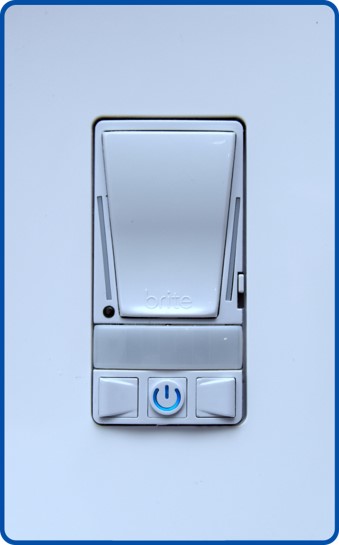What is Typically Portrayed as Smart
Presently, products that are labeled as smart are typically no more than internet connected devices. Often these products don’t simplify your life and just move the control from a physical button to App or voice commands. App and voice commands have become the ‘new’ remote control.
A homeowner is presented with what can be a simple as well as a daunting task to attempt to make a smart home.
Simple in the sense that many products offer connectivity with App and voice commands.
Daunting because every product comes with its own App. Buying everything from one company is hardly practical and even then, seamless integration within such an ecosystem has been shown to be problematic.
Beyond App and Voice
As alluded previously, a truly smart light switch goes beyond App and voice commands. Such a switch would preemptively control and adjust lights throughout the day, automatically. This would be touchless operation, where the switch no longer requires manual adjustment, whether via its rocker or via App or voice.
Embodying sensors and software intelligence using AI and ML on the switch, it can learn, understand, and execute homeowner’s preferences automatically.
Such a product requires outside the box thinking, beyond traditional hardware switches. This is where tradition needs to embrace computer science.






